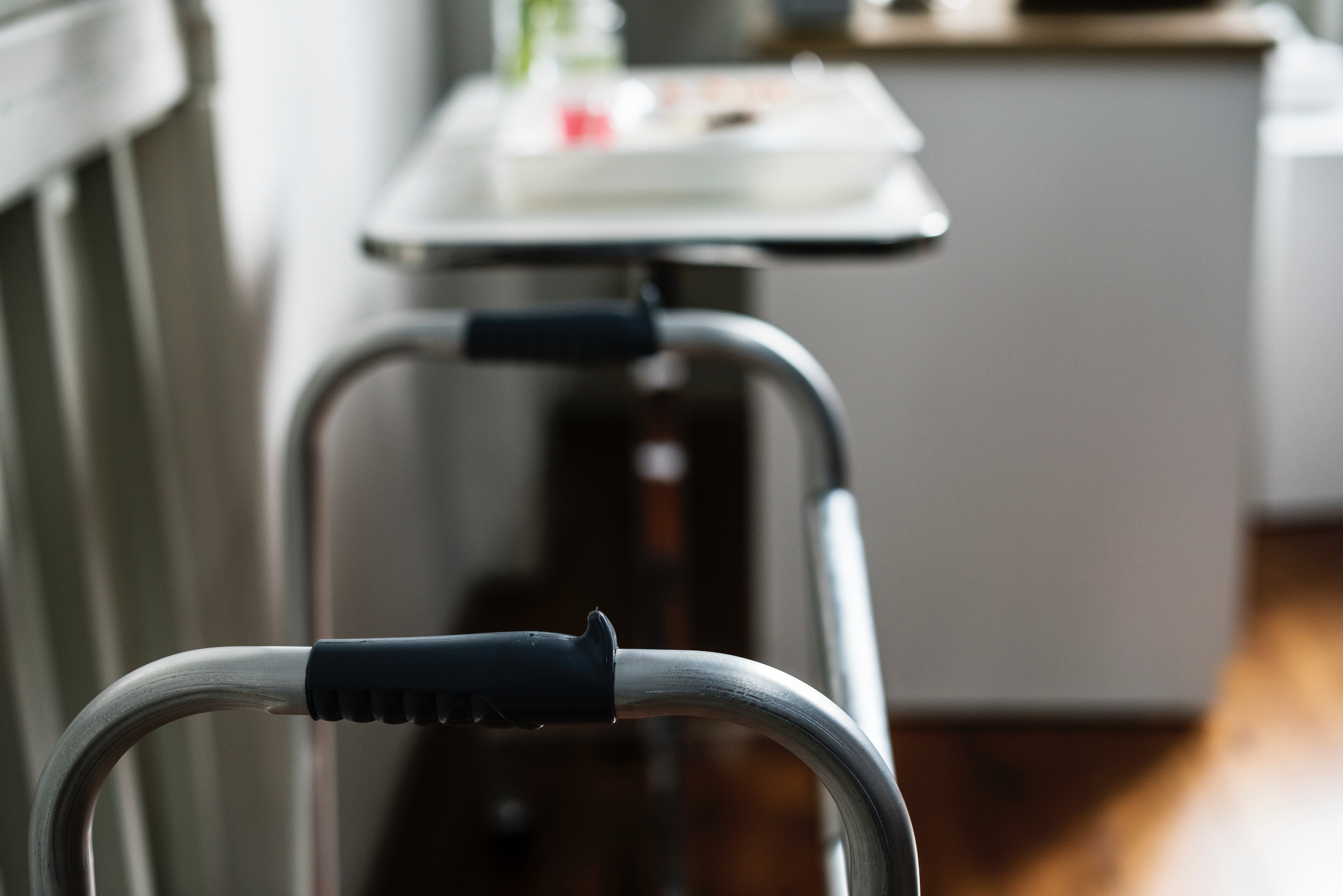Practice Areas
Top Signs of Nursing Home Neglect in For-Profit Homes

In the United States, over 65% of nursing homes are run by for-profit organizations. According to a 2018 study, residents at these for-profit homes are “twice as likely to experience adverse health problems as a result of substandard care.” Choosing a facility run by a non-profit is not an option for many Americans as every year more non-profit nursing homes close. The best defense against harm in these instances is knowledge and attentiveness.
How Can You Protect Your Loved One at a For-Profit Nursing Home?
Admitting a loved one to a nursing home is a difficult decision many Americans will face this year. Logistics, location, affordability, and availability, often play more of a role than quality of care. For-profit homes are more widely available, but the care is often of a lower quality due to training, staffing, or funding issues. If your loved one is moved to a for-profit nursing home, arm yourself with an understanding of the Clinical Signs of Neglect Scale, a measurement that uses a list of symptoms that are consistent with neglect.
In the 2018 study of for- and non-profit nursing homes, the Clinical Signs of Neglect Scale, or CSNS, revealed more than 100 cases of these four symptoms of neglect in for-profit homes: dehydration, decubitus ulcers, sepsis/septic shock, and problems with urinary catheters.
Top Signs of Neglect in For-Profit Nursing Homes
Dehydration
When a resident is unable to eat and drink on their own, staff must regulate levels of hydration and caloric intake. These levels must be regulated even more carefully if a patient is being fed through a tube or other method. The symptoms of dehydration go beyond dry mouth. Confusion, difficulty walking, sunken eyes, rapid heart rate, constipation, and low blood pressure can also be symptoms of dehydration in seniors.
If your loved one is able to communicate, investigate any complaints of thirstiness or hunger to ensure they are receiving what they need. If your loved one is unable to communicate due to physical or mental impairments, watch their blood pressure, heart rate, and bowel movements. If you suspect your loved one to be dehydrated, follow this test from A Place for Mom, “pull up the skin on the back of the hand for a few seconds; if it does not return to normal almost immediately, the person is dehydrated.”
Bedsores
The report found nearly 250 cases of decubitus ulcers, or bedsores, in residents of for-profit nursing homes. Nursing home residents experiencing immobility must be monitored and moved throughout the day to avoid the prolonged pressure to one area of the skin. When facilities are understaffed or undertrained, residents can go without movement for much longer than is recommended. Swelling, tenderness, change in skin temperature or color, and pus-like draining can all be symptoms of a festering bedsore.
Those who use a wheelchair or spend a majority of their time in a chair, areas of the tailbone, shoulder blades, spine, and backs of arms and legs where there is contact with the chair are frequent areas for bedsores to appear. For residents confined to bed, back of the head, shoulder blades, hips, back, tailbone, heels, and ankles are common areas of bedsores. If your loved one is immobile in any capacity, check these areas for changes in skin color, texture, or temperature, as these may be signs that your loved one is not being properly moved throughout the day.
Sepsis
Because any type of infection can cause sepsis, residents with multiple chronic illnesses or weakened immune systems are especially at risk. Staff at nursing homes are expected to treat every infection with care and hygienic practices. Any infection or open wound is an invitation for sepsis. In the study, over 36% of residents of for-profit homes experienced sepsis.
Sepsis prevention begins with infection prevention. If a loved one is suffering from frequent infections, it is worth investigating the nursing home’s infection-control program. Reports of sepsis in Illinois nursing homes found that “94% of homes operating in Illinois have had at least one citation for conditions that increase the risk of infection.”
Catheter Issues
38% of residents of the for-profit facilities studied experienced problems with urinary catheters such as infrequent replacement, infection, and broken or improper insertion. Inserting and removing a catheter is a process that requires skill, training, and time. In for-profit nursing homes, staff members may be more likely to be undertrained or spread too thin and painful catheter issues may be the result.
The most common catheter issue in nursing homes is urinary tract infections, painful conditions that can lead to other more serious issues. Common signs of a UTI are fever, frequent need to go, changes in color or consistency of urine. But sometimes symptoms of UTI’s appear in the elderly as confusion, agitations, dizziness, or falling. If your loved one requires a catheter and is showing any of the above symptoms, look into the scheduled change and care of their catheter.
Neglect can occur at any care facility, and all nursing home residents should be monitored by loved ones to be sure they’re getting the care they deserve. But concerned parties should be twice as diligent if their loved one is a resident of a for-profit nursing home.
If a nursing home resident you care about has shown signs of neglect, call the team at Deliso Law today for a free consultation on your rights to legal action. (718-238-3100) No one should experience painful conditions due to neglect. We will represent your best interest and fight for the compensation you deserve.
by Allison Theresa
